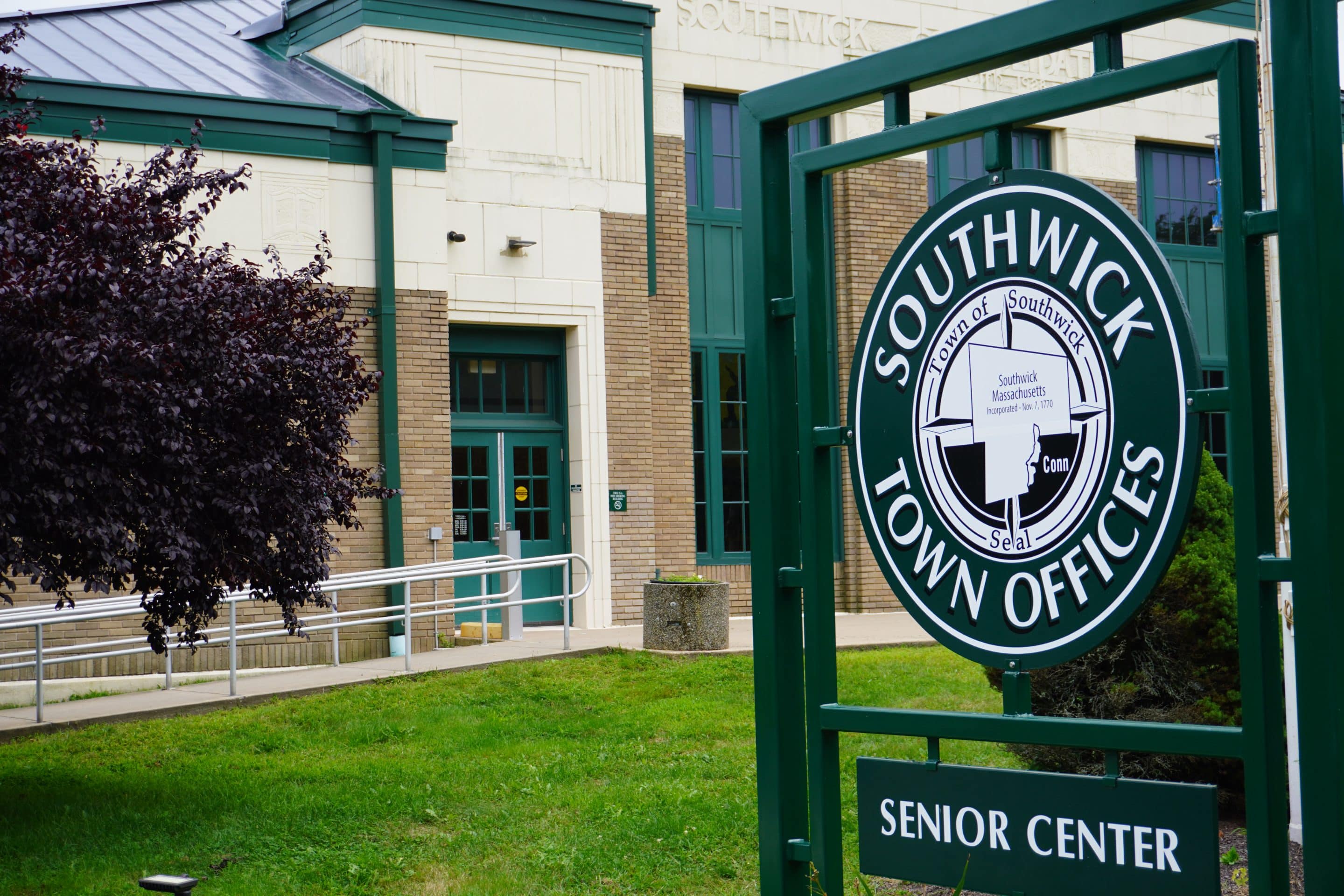SOUTHWICK — When the Master Plan Implementation Committee met for the first time last December, its chair Norman Cheever summed up what was in store for the committee: “We need to decide how we’re going to conquer this massive thing.”
And there’s no question the Master Plan 2040 is massive at 137 pages and with 150 “actions”
The plan opens with an executive summary and its themes, which support the “vision in areas that are strongly impacted by both trends and the desires of the resident and local businesses…are directional in nature and influenced in the actions and opportunities in each of the major chapters.”
The themes spring from the statement “Grow with Southwick” and details strategies developed to increase the reason for people to live, work and play in town, prepare the town for changes in the environment, provide infrastructure upgrades, encourage beautification and modernization, build upon existing brand recognition, and support renovation of historical barns and building to accommodate cultural events and activities.
To reach those goals, the plan has eight chapters with more than 150 “actions” that cover land use; housing; economic development; historical and cultural resources; open space and natural resources; transportation; public service and town facilities; and climate change and sustainability.
Those actions identify the “lead” party responsible taking the action, the supporting party or parties, and a time frame to complete.
Since the committee was appointed last December, it has asked every town board, commission and committee that are named as leads for the actions to prioritize each, which Cheever discussed at the committee’s meeting last week.
“Right now, of all the lead action items, of which there were originally 135, have now been prioritized by each of the organizations that own them. It took us a while to get that done. [It] was lot longer than we ever expected, but we got it done,” Cheever said.
The committee has also decided it will use a “liaison” approach to get the lead action items started, which essentially means the person who will interact with the board, commission, or committee.
“We decided we were going to use a liaison approach to improve communication since there’s so many different organizations we’re tied to,” he said. “So, each of us have several organizations to attend their meetings and communicate with them.”
A tracking log was also created to keep up with the action item priorities the committees, commissions, and boards decided on, Cheever said.
“Because we have so many organizations working on the action items, we needed a way to track them,” he said.
The committee has also added, revised and modified some of the action items over the last 10 months, creating a revision log to detail the changes and additions.
For the Open Space chapter, a new action item for the Agricultural Commission was to come up with solutions to control land-based invasive weeds.
There are also three new action items for the DPW, two related to the Climate Change chapter in the plan and one related to Transportation.
The first is to identify solutions to prevent flooding caused by climate change and the second is to address coping with extreme drought caused by climate change.
The third — transportation — is significant; realigning the culverts that connect Middle Pond to the North and South ponds of Congamond Lakes. The primary concern is public safety because of poor visibility.
In a new action item related to the Public Services and Facilities chapter, the town’s chief administrative officer is to evaluate all town buildings and open spaces to handle changes in population, age, technology, workforce population, and facilities for youth.
The committee deleted an action item related to the Great Brook Aquifer in the Public Services and Facilities chapter that was to establish an advisory committee to address issues with the aquifer like water quality, water restrictions, groundwater protections and regulatory changes.
That action item was included in a modified action item in the Open Space chapter.
And there was an action item that was modified related to the Climate Change chapter to include to ensure sustainable methods of irrigation.
With much of the administrative work completed, Cheever said the next step will be to come up with a structure to measure performance on the action items.
While not final, his thought is to have each board, committee and commission commit to completing one to two actions items per year.
For those interested in the process, Cheever said the committee has a page on the town’s website with reference materials and regular updates on the implementation of the action items.


